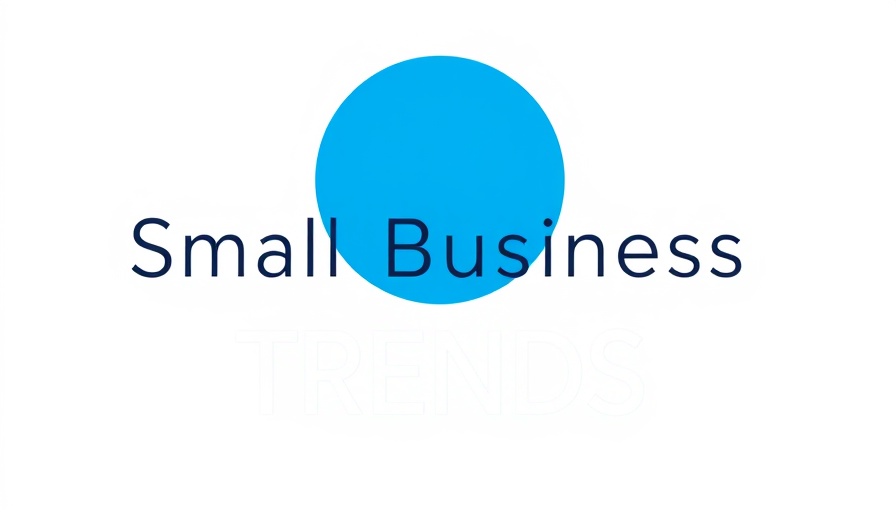
Gas Prices Surge as Spring Travel Gains Momentum
As Spring Break unfolds across the U.S., the expected seasonal rise in gas prices has begun, much to the concern of consumers and small businesses alike. The American Automobile Association (AAA) has reported a rise of three cents in the national average price, now sitting at $3.15 per gallon. While this increase might seem minimal, it reflects a broader trend that often accompanies the spring travel season.
The Seasonal Dynamics of Gas Prices
Historically, gas prices begin to ascend in spring and may peak during the summer months. AAA's current statistics indicate that this year's average remains approximately 40 cents lower than the same period last year. This decrease can be attributed primarily to weak crude oil prices and a recent decline in gasoline demand. According to data from the U.S. Energy Information Administration (EIA), gasoline demand has dropped from 8.81 million barrels per day to 8.64 million barrels, a decrease industry watchers should note.
Understanding Market Fluctuations
Additionally, U.S. crude oil inventories have decreased, showing a 3.3 million barrel decline, which has implications for future pricing trends. Currently, total crude oil inventories stand at 433.6 million barrels—about 5% below the five-year average for this time of year. This volatility suggests an environment where small businesses dependent on transportation should brace for possible fluctuations in operational costs.
Comparative Analysis by Region
Moreover, regional disparities in gas prices are notable. For instance, California continues to have the highest average gas price at $4.66 per gallon, while Mississippi boasts the lowest at $2.68. This variation underlines the importance of location for both consumers and business owners, who must factor in regional pricing fluctuations when managing transportation and operating costs.
EV Charging Trends Remain Stable
While gas prices fluctuate, it’s also worth noting that electric vehicle (EV) charging rates have remained steady over the past week at 34 cents per kilowatt hour nationally. However, states like Hawaii, with an average EV charging rate of 56 cents per kilowatt hour, present a different challenge for those transitioning from gasoline to electric vehicles.
Looking Ahead: What Businesses Should Consider
For small business owners and CEOs, understanding the relationship between gas prices and operational costs is crucial. With a continued rise in travel, finding strategies to mitigate the impact of gas prices on logistics is vital. Options include optimizing delivery routes, investing in fuel-efficient vehicles, or even considering electric vehicle options where feasible to future-proof against rising fuel costs.
Practical Tips for Managing Rising Fuel Costs
Here are some actionable insights that small business owners can implement immediately:
- Evaluate Travel Needs: Scrutinize travel schedules and eliminate non-essential trips.
- Invest in Technology: Use transportation management systems to gauge the most efficient routes and cost-effective strategies.
- Consider Fuel Alternatives: Explore options like fuel cards or electric vehicle fleets to help control costs in the long term.
As we anticipate further developments in gas pricing and demand trends, it's crucial for small business owners to monitor these shifts closely. By being proactive and adjusting logistics strategies accordingly, businesses can navigate the complexities of rising fuel costs effectively.
 Add Row
Add Row  Add
Add 



Write A Comment